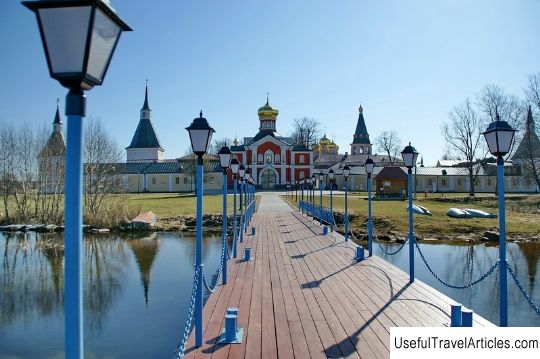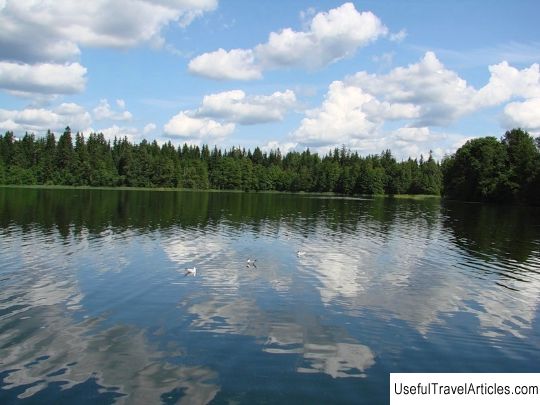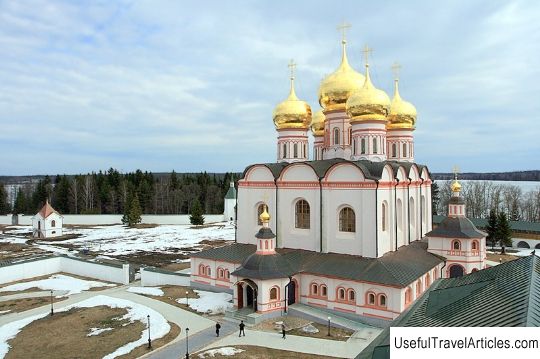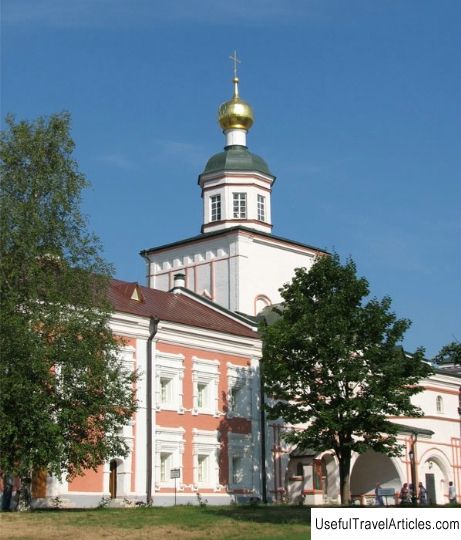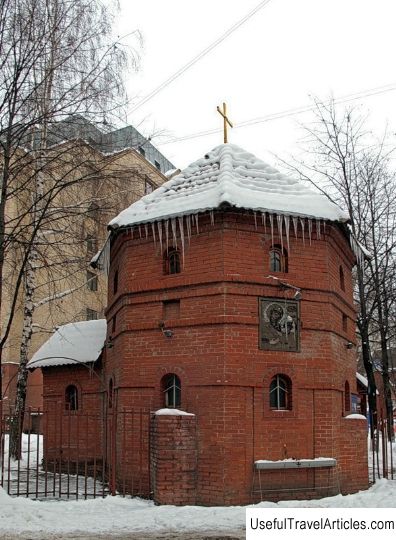Iversky Monastery description and photos - Russia - North-West: Valdai
Rating: 7,9/10 (1440 votes) 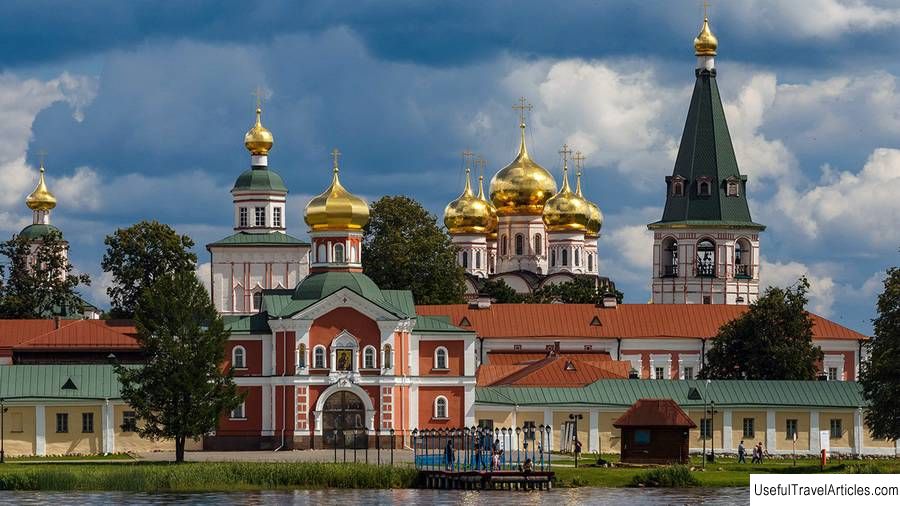
Iversky monastery description and photos - Russia - North-West: Valdai. Detailed information about the attraction. Description, photos and a map showing the nearest significant objects. Photo and descriptionValdai Iversky Bogoroditsky Svyatoozersky Monastery is an Orthodox male monastery of the Russian Church. Founded by Patriarch Nikon. It is located 10 km from the city of Valdai, which is located in the Novgorod region. In 1652, on July 25, Nikon ascended the patriarchal throne and told Alexei Mikhailovich that he intended to found a monastery on Valdai Lake. Alexei Mikhailovich approved the Patriarch's plans, and funds were allocated from the treasury for the construction of the monastery. In 1653, construction began in the summer, and by the fall, two churches built of wood were built and ready for consecration. A cathedral church was consecrated in honor of the Iberian icon, and a warm one was consecrated in honor of St. Philip of Moscow. Patriarch Archimandrite Dionysius was appointed rector of the monastery. During his first visit to the monastery under construction, the Patriarch decided to rename the Valdai settlement into the village of Bogorodskoye, consecrated Lake Valdai and named it Saint. In addition to the previous name, the monastery itself was called "Svyatoezersky". Under the supervision of the Patriarch in 1653, the construction of stone monastery temples and other buildings began. The newly created monastery was consecrated by Nikon himself. In February 1654, by order of Nikon, the relics of Jacob Borovichsky, which were kept in the Borovichsky monastery, were transferred to this monastery. In 1654, in May, a royal charter was granted, which assigned the Valdai lake with islands, as well as other estates to the monastery. In 1655, the brothers of the Orsha Kuteinsky monastery moved to the monastery. The monks moved to the new place with all their property, as well as with a printing house. With the resettlement of monks from the Kuteinsky monastery to the monastery, the beginning of the development of book printing and bookbinding was laid. In 1656, the construction of the Assumption Cathedral was completed. In December of the same year, namely on the 16th, the cathedral was consecrated. Together with the Patriarch, the clergy from different dioceses of Russia arrived at the celebration. The cathedral stands out for its simplicity and monumentality of architectural forms. By the beginning of the 18th century, the monastery fell into decay. In the period from 1712 to 1730, it with all the property and the available land was assigned to the Alexander Nevsky Lavra, which was being built. Later, in 1919, the monastery was transformed into the Iberian labor artel, which consisted of seventy people and possessed 5 hectares of monastic lands. as well as 200 hectares occupied by gardens, plowing, vegetable gardens and pastures. In 1927, the monastic community was liquidated, and the Iberian Icon was taken away in an unknown direction. Later, on the territory of the monastery there were a museum, workshops, a house for the disabled, created for the participants in the war, a school for children with tuberculosis. In the last century, in the 1970s, a village was founded on this island, and a recreation center was located on the territory of the monastery. In the early 90s of the twentieth century, the monastery, which was in an emergency condition, was transferred to the Novgorod diocese. In 1998, the Church of the Epiphany was consecrated by Archbishop Leo. Divine services were resumed in the Assumption Cathedral. At the end of 2007, the complex restoration of the monastery was completed. Not so long ago, in 2008, Patriarch Alexei II renamed the Assumption Cathedral into a cathedral in honor of the Iverskaya icon of the Mother of God. In April 2008, it was decided to gild the domes of the Iversky Cathedral. In January 2011, the restoration of the fresco painting of the Assumption Cathedral, in the altar and throughout the temple, down to the lower tier, was completed. There is a small museum dedicated to Patriarch Nikon and telling about the foundation and development of the monastery.           We also recommend reading Panteleimon Church description and photos - Russia - St. Petersburg: St. Petersburg Topic: Iversky Monastery description and photos - Russia - North-West: Valdai. |
